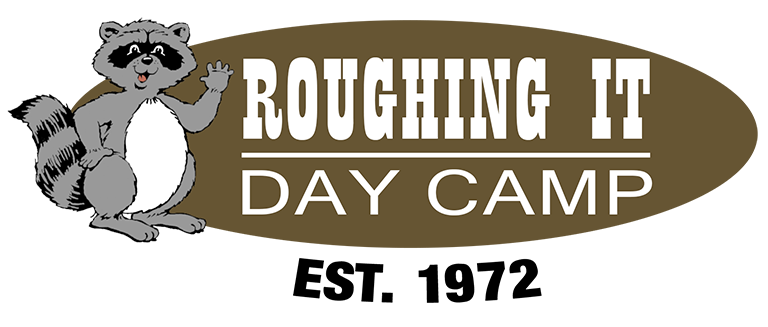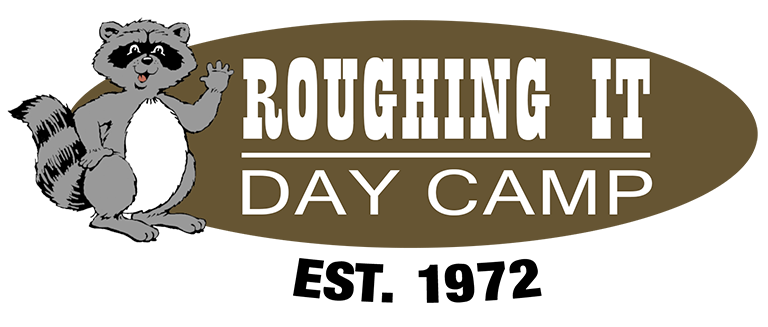Bus Driver Qualifications & School Bus Safety
Roughing It contracts with First Student Educational Services to provide buses and professionally trained drivers for ALL transportation to and from camp. First Student drivers have extensive experience in handling large vehicles and drive for school districts during the year. All vehicles are Type A school buses (not passenger vans) with 3-point lap and shoulder belts.
All drivers are highly trained, tested by the California Highway Patrol for both written knowledge and driving skill. The training program for school bus drivers is mandated by law to be a minimum of 40 hours. Most drivers spend 60-80 hours in the course. In contrast, a camp or recreation driving course is usually 15-20 hours long.
Training is not limited to the handling of a vehicle; professional drivers must master how to properly handle emergency situations. In addition, they are CPR/First Aid certified.
Continual enrollment in drug and alcohol testing programs is also a requirement for professional bus drivers. They are enrolled in the DMV pull-notice program, providing employers with immediate notification of any action on a driver’s DMV or criminal record. See more details on Bus Driver Training Requirements below.
School Bus Safety
Each year, some 440,000 public school buses travel more than 4.3 billion miles, transporting 24 million children to and from schools and school-related activities (an estimated 10 billion student rides annually.)
In contrast, the Transportation Research Board of the National Academy of Sciences estimates that every year more than 800 school-aged children are killed as passengers in other motor vehicles during “normal school transportation hours.” Most of these deaths could have been prevented if children rode in school buses. Fatal crashes involving occupants are rare events.
Whether driving themselves, traveling with parents, bicycling or walking to school, risk of injury or fatal accident to a child increases 100 times compared to those children on school buses. Of the nearly 7,500 student deaths from 1991-1999, over 99% occurred when children were not safely inside a school bus, but rather involved in another method of transportation.
Bus Driver Training Requirements
Below is an outline of the curriculum school bus drivers must study and master, as required by law, in order to work for a school district. The course is divided up into two parts: classroom study and “behind the wheel” practice.
| Classroom Curriculum for School Bus Drivers Original License – minimum of 20 hours by law (most instructors take 25 to 30 hours to teach this curriculum) |
||
|---|---|---|
| Unit I | Commercial Driver’s Handbook, DMV Regulations | 2 hours |
| Unit II | Driver’s License and Special Certificate Requirements License types, special certificates Training requirements Record keeping requirements Medical examinations |
3 hours |
| Unit III | Bus Operation, Bus Use, Laws and Regulations Bus and vehicle types Inspections by CHP and carrier Unlawful operation Hours on duty for drivers Driver condition Vehicle condition Transportation of property Transportation of passengers Fueling restrictions and procedures Driving proficiency Vehicle inspection and maintenance Entrances and exits on buses Driving infractions Commercial Driver’s license standards Requirements and penalties |
3 hours |
| Unit IV | Vehicle Components Engine, Gas and Diesel Clutch / Transmission operation Air Brake Systems Steering, Tires Radios and PA systems |
2 to 3 hours |
| Unit V | General Defensive Driving Techniques Perception Factor Conditioning, Repetition Sensor Devices Conditioned Responses Principles of Defensive Driving Safety Circle Driver mental and physical condition Following distrance Vehicle mechanical condition Visual lead time Reaction time and stopping distance Space cushion Stopping and turning Intersections Curves and Hills Bicycles Animals Traffic symbols, signals, and signs Nonverbal communication with other drivers, eye contact Accident reviews Railroad grade crossings |
3 to 4 hours |
| Unit VI | Specialized Defensive Driving Techniques Adverse weather conditions Winter driving Tire chains Light conditions Night driving procedures Tire blowout Skid control Unexpected hazards Freeway driving |
2 hours |
| Unit VII | Passenger Loading and Unloading Regulated and approved school bus stops Prohibited stopping, standing, and parking Unlawful passing of school bus Passenger loading techniques Use of amber and red light when loading and unloading School site loading/unloading zones |
2 hours |
| Unit VIII | Emergency Procedures Required emergency equipment Fire extinguisher use and types Classification of fires First aid kids Red emergency reflectors Mechanical breakdown procedures Driver responsibilities during accidents Accident procedures Vehicle evacuation regulations and procedures Safe riding practices Hijacking and kidnapping Special problems Emergency procedures for hazardous materials |
2 to 3 hours |
| Unit IX | Passenger Management Behavior curve Characteristics of group behavior Elements of group behavior Techniques of group control Establishing a mutually respectful relationship Specific behavior problems Bus safety rules Do’s and Don’t’s of Pupil Management Discipline Authority of Driver Denial of transportation Pupil responsibilities |
2 to 3 hours |
| Unit X | Activity Trips Extended driving hours Preparations for out of town travel Communications with parents and school officials Transportation of extra equipment Responsibilities on arrival and return trip Rest, food, and fueling stops |
1 to 2 hours |
| Unit XI | The Special Needs Passenger Types of programs Special education terminology Descriptions Behavior patterns Legal context of transporting handicapped students Confidentiality of pupil’s records Bus evacuation for special education pupils Wheelchair handling |
2 to 3 hours |
| Unit XII | Public and Community Relations Importance of driver in public relations Driver attitude Passengers’ feelings |
1 hour |
| Behind-the-wheel Curriculum for Original Drivers minimum 20 hours (most instructors average 30 to 35 hours before sending a driver to CHP for testing) |
||
|---|---|---|
| Skill Level One |
Basic Vehicle Familiarization and Movement Vehicle selection for training Site selection for training Positioning of driver Use of mirrors Use of brakes Vehicle movement – auto transmission Vehicle movement – manual transmission |
4 hours |
| Skill Level Two |
Precision Training in Vehicle Movement and Driving Fundamentals Use of hazard lights Precision backing Specific backing procedures Use of turn signals Operational use of mirrors Precision turning Turning points and precision turning Parallel parking procedures |
3 to 4 hours |
| Skill Level Three |
Transmission Control and Shifting Procedures Throttle control Double-clutching Establishing shifting points Tachometer use in shifting Shifting procedures for manual transmissions Shifting procedures for automatic transmissions Shifting a 2-speed rear axle Shifting graphs and charts |
3 hours |
| Skill Level Four |
General Defensive Driving Techniques Introduction to defensive driving Residential defensive driving techniques Urban defensive driving techniques Railroad grade crossings |
2 hours |
| Skill Level Five |
Specialized Defensive Driving Techniques Night driving Adverse operating conditions Hydroplaning Traction Tire blowout and rapid air loss Skid control Unexpected hazards |
3 to 4 hours |
| Skill Level Six |
Passenger Loading and Unloading Procedures School bus stops Use of turn signals Use of mirrors Approach Passenger loading, securing of vehicle Passenger unloading, securing of vehicle Red-light crossovers Hazardous loading and unloading conditions |
2 hours |
| Skill Level Seven |
Emergency Procedures Emergency hazard flashers Placement of emergency reflectors Use of fire extinguishers Mechanic breakdown Accident procedures Bus evacuation instruction |
2 hours |
| Skill Level Eight |
Final Appraisal of Driver Skills | 1 hour |
California School Bus Transportation Facts:
Number of buses operating in California: 26,291
Miles traveled by school buses annually: 367,893,624
Total Number of fatalities (California) per 100 million passenger miles:
Passenger autos 0.86
Buses (other than school bus) 0.05
Railroad passenger trains 0.03
School buses 0.00



